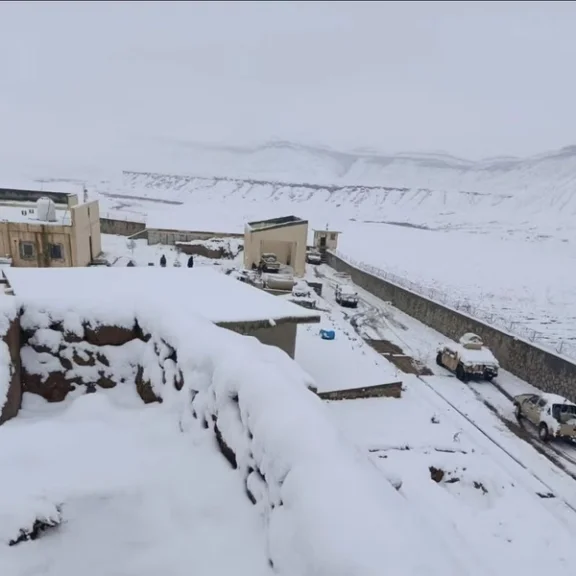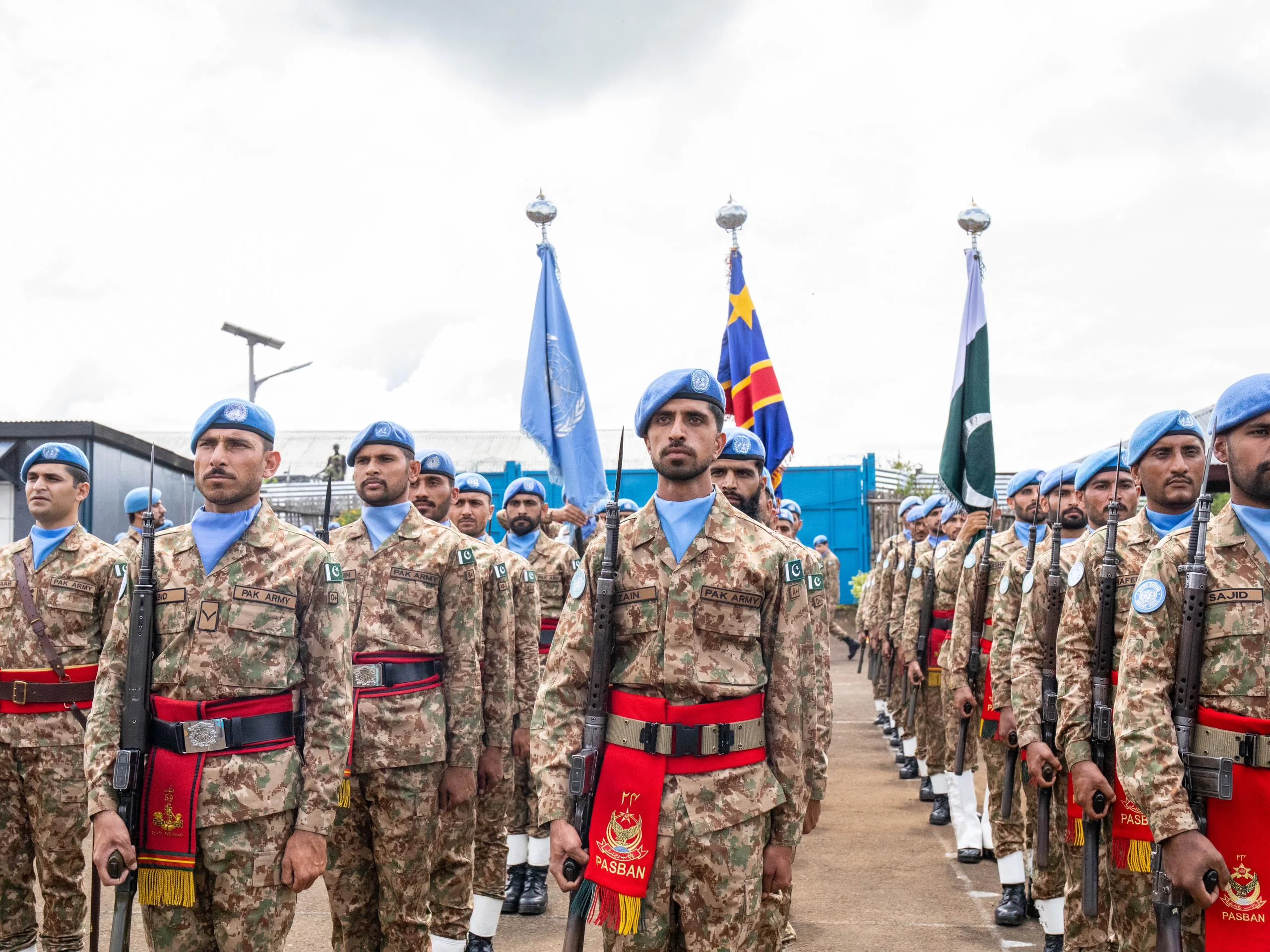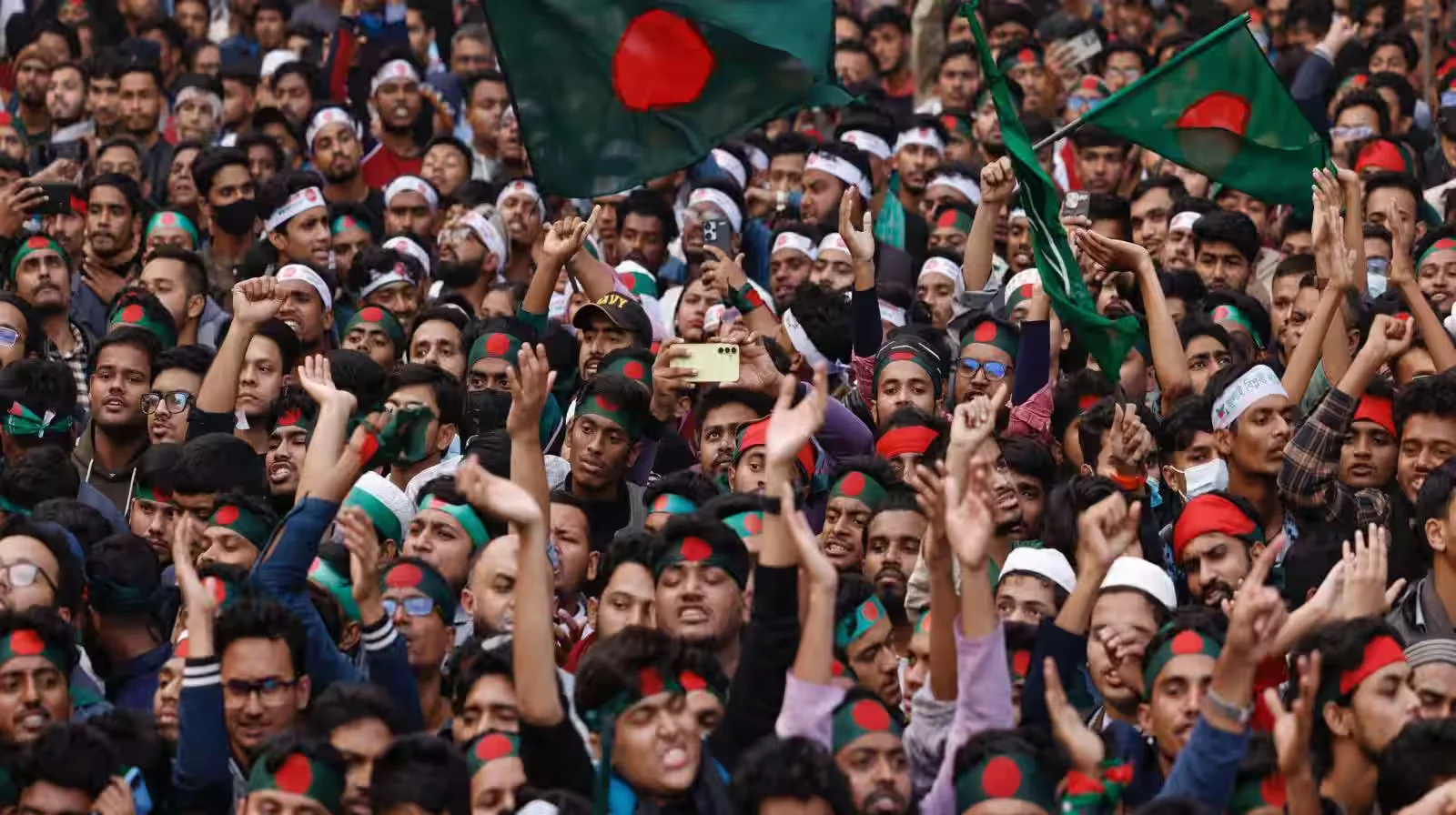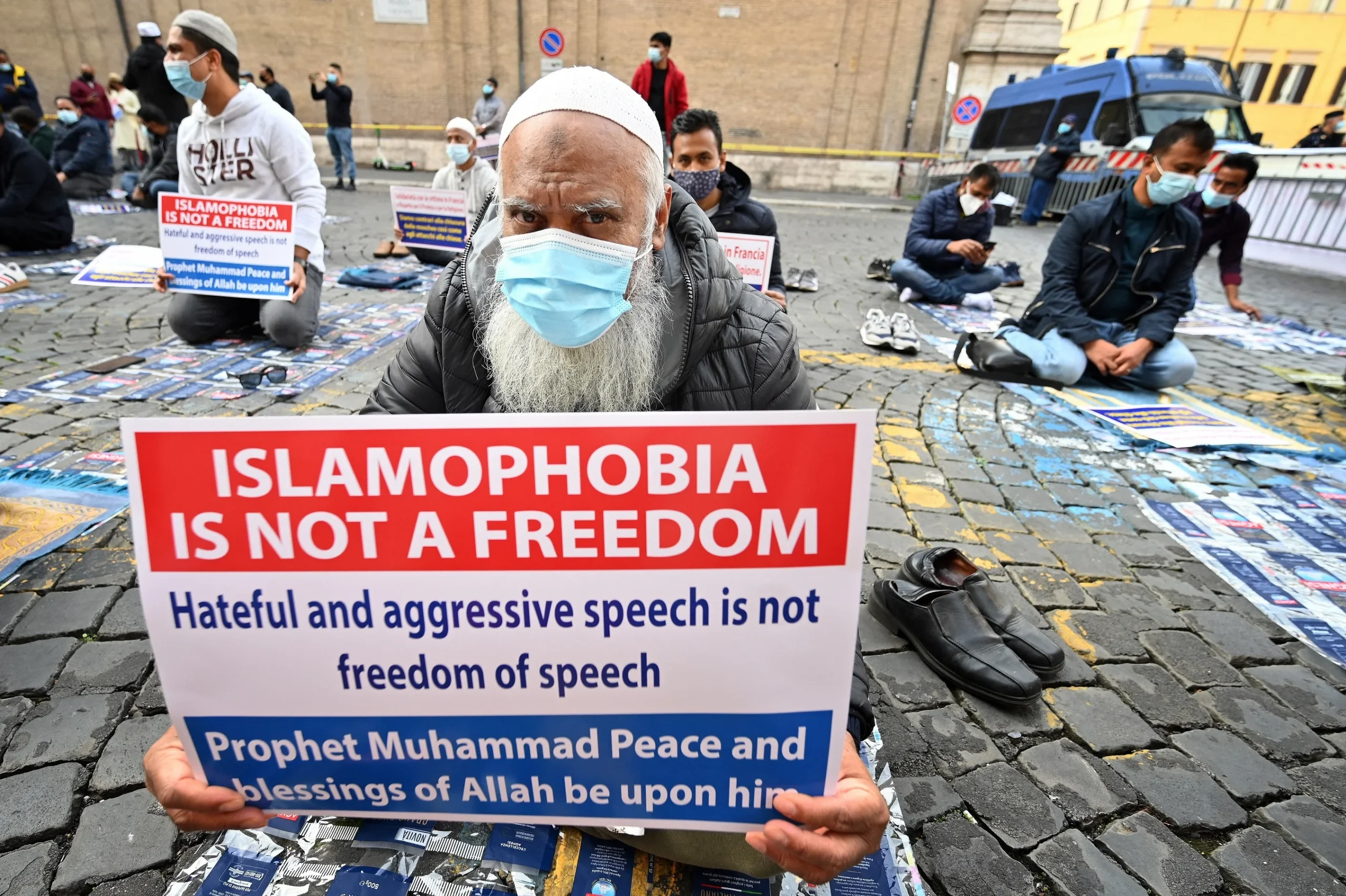Every year, we face the stark reality of familiar tragedies. New culprits emerge, but the same antiquated victims continue to suffer. The same trite solution of money persists. The empire of cruelty and injustice endures, fueled by the insatiable quest for control. Additionally, the alarming rise in narcotics and crime in South Asia exacerbates the situation. Drug addiction and the corruption of justice continue to plague the region, allowing these crises to deepen unchecked.
Narcotics and Crime in South Asia
In South Asia, particularly in Pakistan and India, drug addiction has escalated into a public health crisis, impacting millions.
The United Nations Office on Drugs and Crime (UNODC) estimates that over 8.9 million people in Pakistan alone are drug users. Around 4.25 million of these users are categorized as dependent. Similarly, India faces an epidemic, with studies suggesting that about 22.6 million people consume opiates. This situation contributes to a drug market worth billions. Criminals, emboldened by this economic powerhouse, have ascended to power. They are united by their lust for control and their vulnerability to drugs.
In cases like these, people often conceal drugs, but Natasha Iqbal’s case glaringly defies that pattern. She was unequivocally under the influence of methamphetamine, also known as Ice, which carries a severe punishment in Pakistan. Yet, Pakistan’s justice system—riddled with loopholes and bias—allowed Natasha to walk free, despite facing multiple charges, including murder under the influence.
The World Justice Project in 2023 ranks Pakistan 130th across 142 countries in terms of rule of law, reflecting its systemic failure to provide justice. Natasha’s case sends a dangerous message to our youth, implying that authorities can overlook narcotics and crime in South Asia. In educational institutions across South Asia, the consumption of narcotics is rampant, with studies indicating that around 55% of students in certain regions of India have tried drugs at least once. The normalization of this behavior, fueled by a lack of accountability, leads to devastating consequences.
We need robust regulators and authorities to take immediate action. Recently, on September 9th, Pakistan’s Anti-Narcotics Force (ANF) finally called a conference to address the issue of narcotics on campuses. While it’s a step in the right direction, the South Asian region is notorious for high-level talks that result in little follow-through. As many experts argue, talk is cheap; action is what’s required to tackle narcotics and crime in South Asia effectively.
South Asia’s Transit Routes: A Nexus of Narcotics and Terrorism
South Asia’s strategic location makes it a major transit route for global drug trade, particularly through the “Golden Crescent”—an area that spans Afghanistan, Iran, and Pakistan, producing nearly 90% of the world’s illicit opium.
Afghanistan, despite the Taliban’s recent poppy cultivation ban, remains a key player in global narcotics production. The ban may signal an effort to clamp down on opium production. However, synthetic drug facilities, including methamphetamine labs, continue to operate in Afghanistan. This ongoing activity raises doubts about the Afghan Interim Government’s commitment to eradicating narcotics.
This illicit trade flows through Pakistan and India via multiple transit routes. Pakistan’s Makran coast, the porous borders of Balochistan, and India’s northeastern states serve as critical conduits, making it easier for drug cartels to transport narcotics to international markets. The porous borders in South Asia, especially along the Afghanistan-Pakistan border, facilitate smuggling, with drugs often reaching markets in Europe, Africa, and beyond.
Narcotics and Terrorism
Researchers have documented well the link between narcotics and terrorism. In South Asia, drugs have historically financed militant activities. The Taliban’s reliance on the opium trade has been a major source of revenue, fueling insurgency efforts for decades. According to UNODC estimates, the Taliban generated over $400 million annually from the drug trade before the poppy ban. Despite the ban on opium cultivation, the synthetic drug market is booming, raising questions about whether the Taliban’s efforts to curb narcotics are genuine or just a strategic facade.
Drug traffickers and terrorists intertwine their activities, creating a vicious cycle of violence, radicalization, and exploitation. The income generated from narcotics empowers terrorist groups to continue their operations, recruit new members, and spread instability across the region. This makes the fight against drugs in South Asia not just a public health concern but a matter of national and international security.
Women Involvement in Drug Trade
Moreover, the vulnerability of women is a significant concern. The drug trade disproportionately exploits women across South Asia. The International Journal of Drug Policy reports that female involvement in drug smuggling has surged by 40% in the last decade. In patriarchal societies where men marginalize women, drug cartels target them for recruitment due to their emotional and financial vulnerabilities.
Often, drug cartels force women into selling narcotics, and during raids, authorities commonly find a female cartel presence.
The Pakistan Narcotics Control Bureau (PNCB) reports and the recent seizures of Pakistan’s Anti Narcotics Force (ANF) indicate the increasing female arrests in drug-related cases.
For many of these women, the narcotics trade offers an escape from financial insecurity, but it leads them into a cycle of crime and exploitation.
Youth and Narcotics: Intersection of Privilege, Power, and Impunity
For South Asia’s youth, particularly in Pakistan and India, the situation is equally bleak. Studies suggest that unemployment rates among youth in Pakistan hover around 8.5%, with many graduates failing to secure jobs. This economic desperation often pushes students, especially those who fail exams and need money for retakes, toward drugs. Scared to ask their families for help and lacking opportunities, some see the drug business as a viable alternative, exacerbating the crisis.
Similarly, cases like that of Zahir Jaffar—who brutally murdered a woman and claimed mental illness to escape punishment—underline the dangerous intersections of privilege, power, and impunity. Jaffar’s family wealth and connections allowed him to manipulate the legal system, much like other high-profile cases in South Asia where justice seems to favor the elite. These actions raise critical questions: Can people under the influence genuinely claim to have lost control, and do they absolve themselves of their moral responsibility? What about the law enforcement officers and institutions that turn a blind eye to such crimes?
A Call for Accountability and Change
It’s time to act against these heinous crimes. South Asia can no longer afford to ignore the rampant drug use, systemic corruption, and impunity for the powerful. We must hold perpetrators accountable and stop enabling them with wealth and status. We must uphold the law and serve justice, regardless of one’s social standing. Enough is enough.
To truly address the scourge of drug addiction and crime, we must look at the root causes: economic instability, lack of educational support, and the scarcity of job opportunities for youth. In India, it’s estimated that nearly 1 in 5 young people aged 15-24 are neither employed, nor in education or training (NEET). This vulnerability makes them prime targets for drug traffickers who lure them into the trade with false promises of wealth and security.
A Multi-pronged Approach is Essential
Moreover, governments across South Asia must invest in rehabilitation programs and strengthen their enforcement of anti-narcotics laws. A multi-pronged approach is essential: bolstering law enforcement’s ability to combat the drug trade, implementing mental health programs in schools, and creating economic opportunities for the youth. Failure to do so will be a collective failure of our responsibility as a society.
We must also recognize the role of money and power in perpetuating these crimes. The wealthy and influential often escape accountability, while the vulnerable are left to suffer. In South Asia, where systemic corruption is pervasive, impunity for the elite erodes public trust in institutions and widens inequality. We must challenge this status quo, ensuring that justice is served equally, regardless of one’s socio-economic background.
In conclusion, the insidious cycle of narcotics, money, and impunity must be broken. The stakes are too high, especially in regions like South Asia where over 60% of the population is under the age of 35. We must act now to address the scourge of drugs, the exploitation of women, and the unchecked power of the elite. Our youth deserve a better future, and it is our responsibility to ensure they have it.
The views expressed in this article are the author’s own. They do not necessarily reflect the editorial policy of the South Asia Times.






